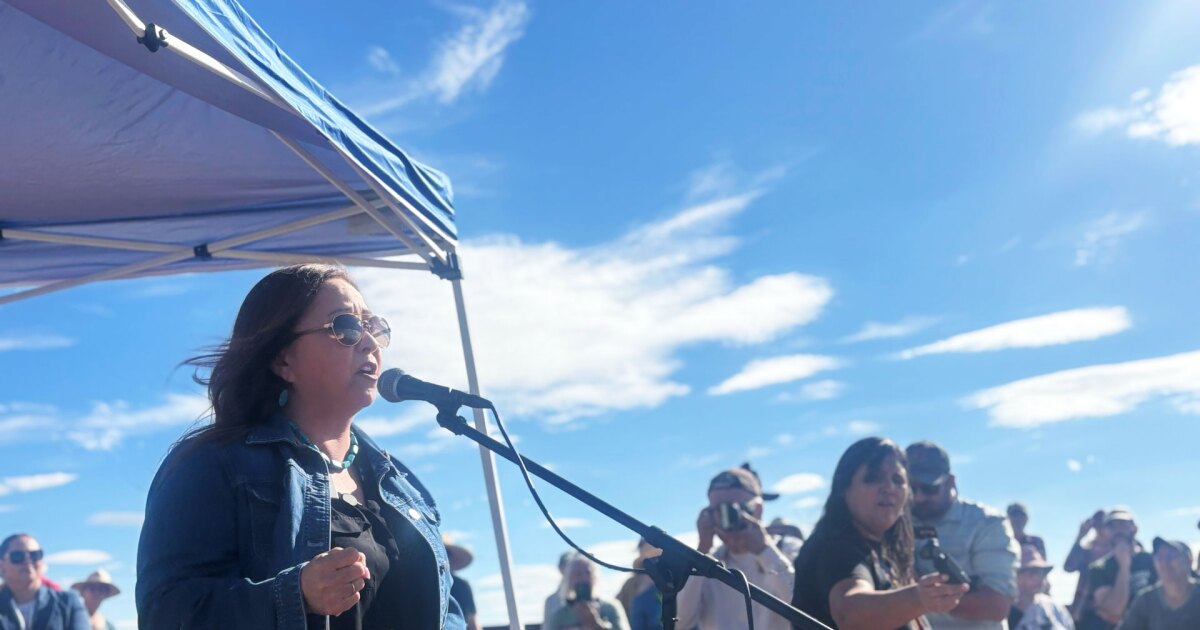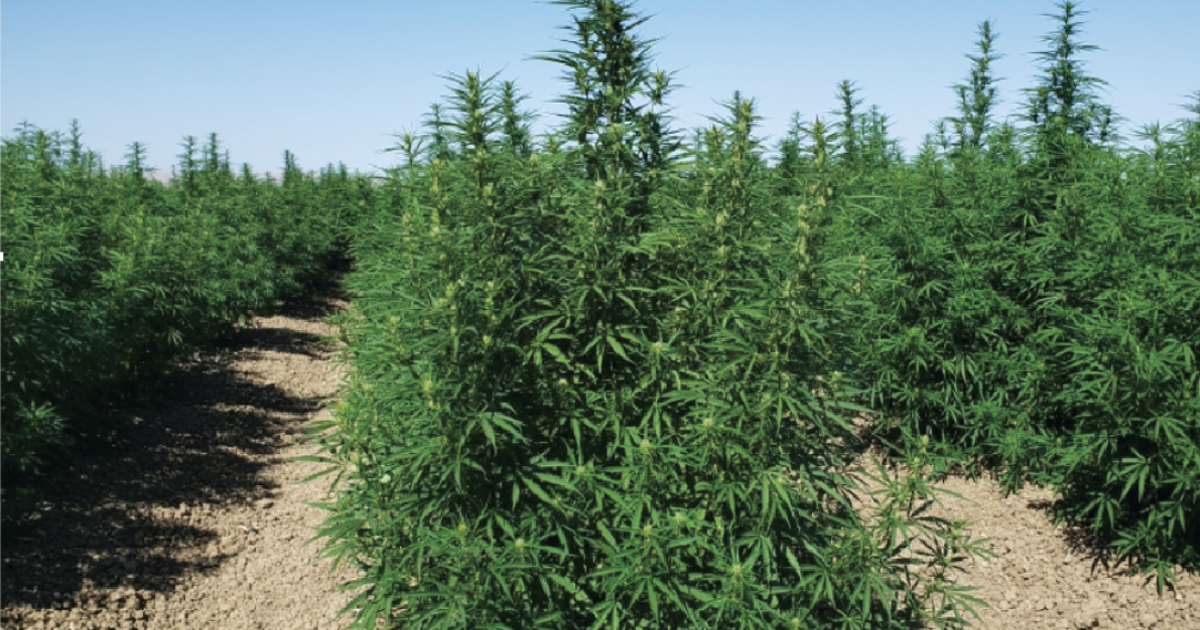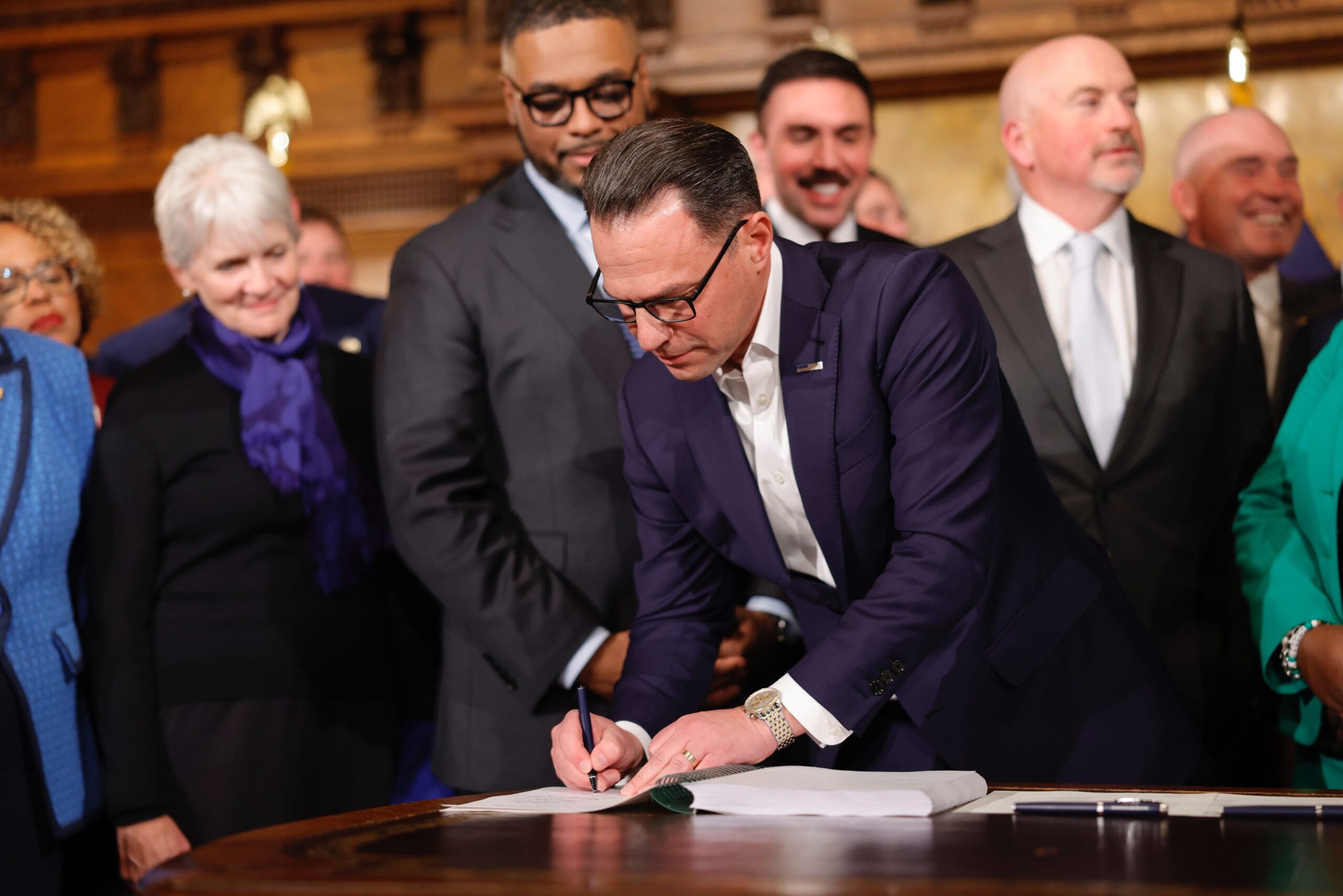Yellowstone National Park recorded 4.7 million visitors in 2024, marking its second busiest year. The majority visited during summer, while winter months saw a significant decrease in numbers. Despite a growing trend in overall park visitation, winter offers a quieter experience with fewer tourists and unique opportunities.
From January to March 2024, Yellowstone hosted 30,000 to 50,000 recreation visitors per month, as reported by the National Park Service, far less than summer figures. In winter, visitors can enjoy skiing, snowshoeing, and hiking amid stunning wildlife-viewing opportunities and different available amenities.
ACCESS AND CLOSURES
Yellowstone’s roads close to regular traffic from mid-November to April, with access limited to oversnow vehicles and foot travel. The sole year-round road for regular vehicles, as stated by the Park Service, runs from Gardiner, Montana, to Cooke City via Tower Junction.
Dan Wenk, former superintendent, notes that winters now are milder compared to past decades. Despite occasional heavy snow, he adds, “Most people agree there’s less snow and conditions are less harsh.” Access to areas like Old Faithful and the Grand Canyon of the Yellowstone requires guided snowmobile or snowcoach tours once enough snow accumulates.
Snowcoaches have largely replaced snowmobiles as the main means of exploring the park’s interior. These vehicles, equipped for deep snow, remain operational even with Yellowstone’s high snowfall levels. Facilities like Mammoth Hot Springs and Old Faithful Snow Lodge offer limited services during winter.
WHAT TO DO
Winter wildlife watching often excels as fewer crowds allow for better views of bison, wolves, and other animals. The Lamar Valley remains accessible through the North Entrance, offering prime opportunities for wildlife photography and exploration.
Activities such as cross-country skiing and snowshoeing attract adventurous visitors, with most trails open to non-motorized travel. Mammoth Hot Springs, just inside the North Entrance, is a popular winter destination, remaining accessible to visitors throughout the season.
Retired ranger Doug Madsen fondly recalls winters in the park, saying, “You’d meet herds of bison on the road, lean over your machine, let them go by, and they’d pass within feet of you.”
SHUTDOWN
As winter approaches, the ongoing government shutdown casts uncertainty over park operations. An NPS spokesperson reassured that national parks would stay open as much as possible. Critical functions for public safety continue, supported by essential staff.
Communities depending on winter tourism, like West Yellowstone and Gardiner, are affected by shutdown-induced economic stress. Erica Hutchings from Yellowstone Expeditions expressed concern over potential impacts on their snowcoach operations.
SAFETY
Winter in Yellowstone requires thorough preparation due to snow-laden roads and icy conditions. Visitors must pack appropriate gear for harsh weather and keep safe distances from wildlife. The Park Service recommends checking road conditions and exercising caution on winter routes.
—
Read More Montana News









